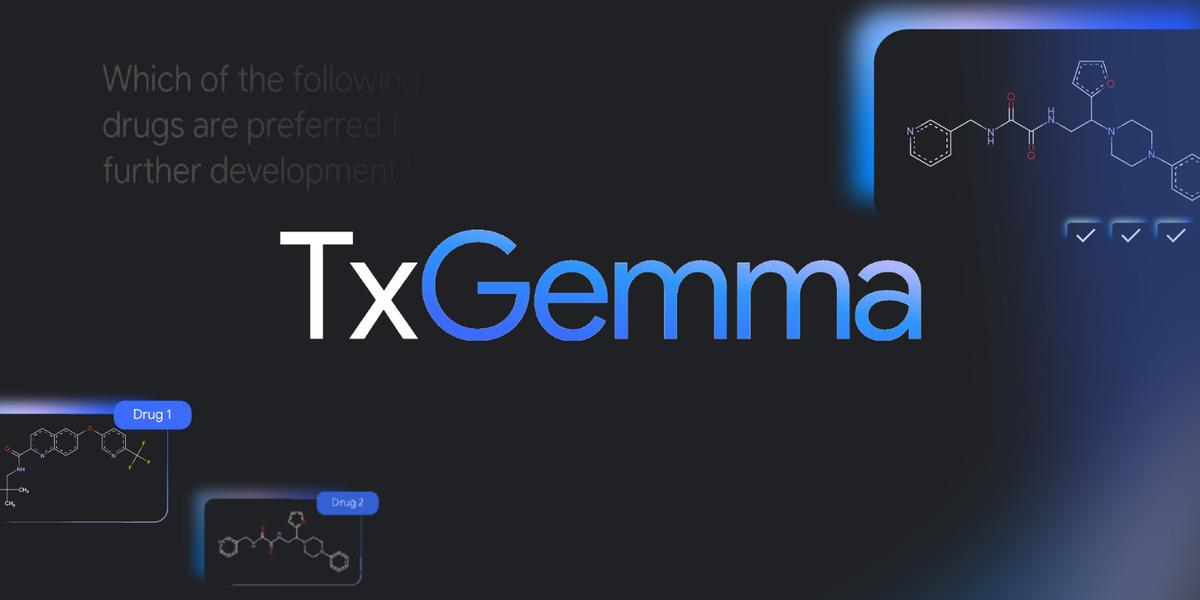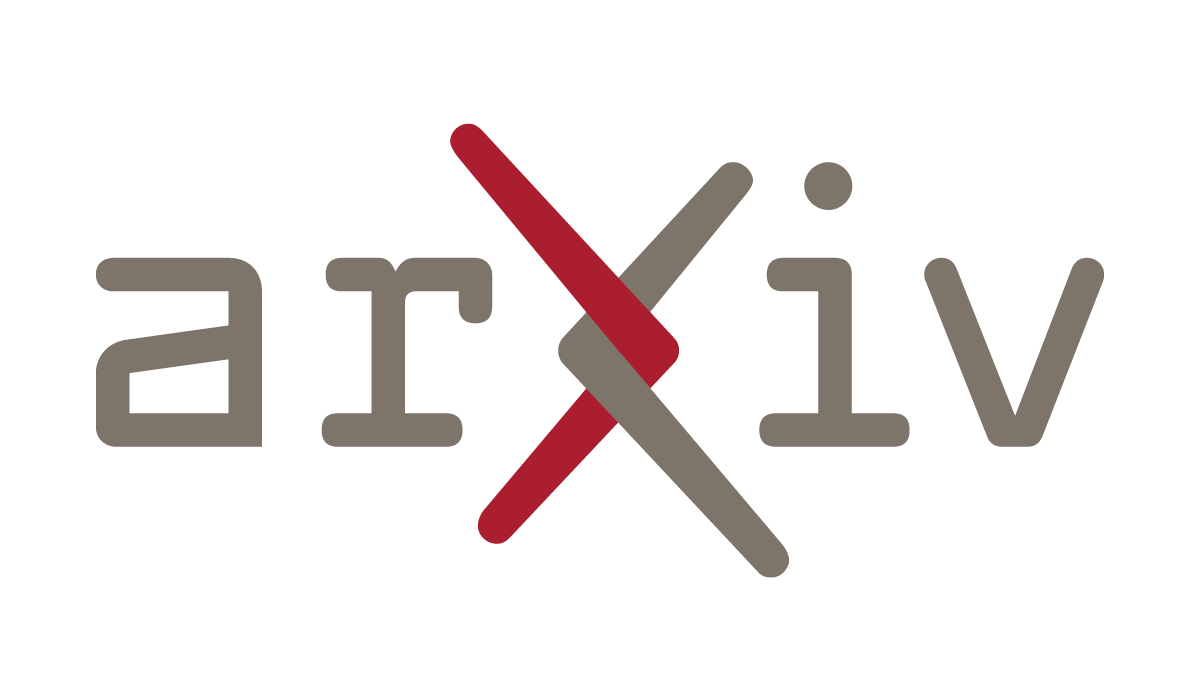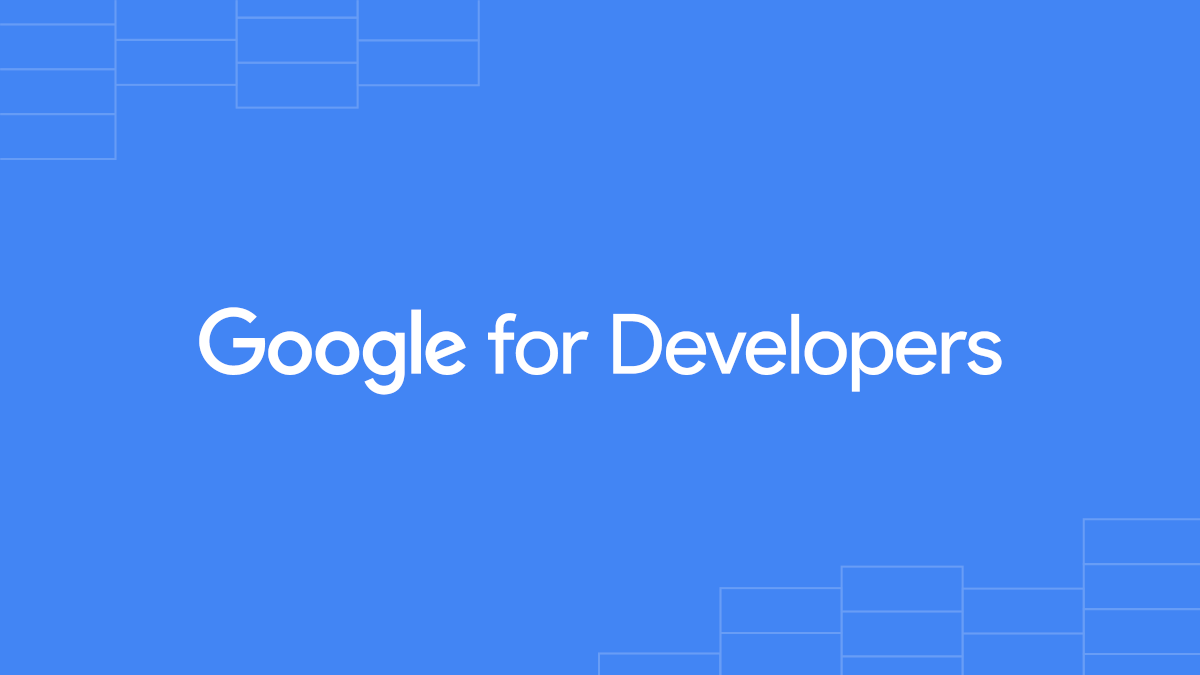On 25 March 2025, Google officially announced the release of TxGemma, a collection of open models designed to improve the efficiency of therapeutic development. Based on Gemma 2, TxGemma is available in three sizes (2B, 9B, and 27B parameters) and has been specifically trained to understand and predict the properties of therapeutic entities throughout the entire discovery process, from identifying promising targets to helping predict clinical trial outcomes. These models, fine-tuned on seven million training examples, can potentially shorten the time from lab to bedside and reduce the costs associated with traditional methods, where 90% of drug candidates fail beyond phase 1 trials.
TxGemma is available in both 'predict' and 'chat' versions serving different use cases. The predict models demonstrated strong performance across 66 therapeutic development tasks, outperforming or roughly matching the previous state-of-the-art generalist model on 64 tasks and remaining competitive with models specifically designed for single tasks. In contrast, the chat models uniquely provide reasoning for predictions and engage in more complex discussions. A key capability of TxGemma models is their training on a comprehensive dataset of small molecules, proteins, nucleic acids, diseases, and cell lines from the Therapeutic Data Commons (TDC), enabling them to perform a wide range of classification, regression, and generation tasks.
TxGemma's capabilities can be further extended through Agentic-Tx, a therapeutics-focused agent powered by Gemini 2.5. This system is equipped with 18 tools, including TxGemma, general search tools, and specific molecular and protein tools that together enable handling complex workflows. Agentic-Tx has achieved state-of-the-art results on reasoning-intensive chemistry and biology tasks on ChemBench and Humanity's Last Exam benchmarks. Google has made TxGemma models available on both Vertex AI Model Garden and Hugging Face, and released several Colab notebooks demonstrating model use for inference, fine-tuning, and agent-based workflows, helping researchers adapt the models to their own therapeutic development challenges.
Sources:
1.

2.

3.











